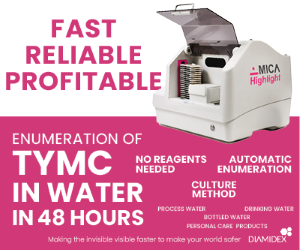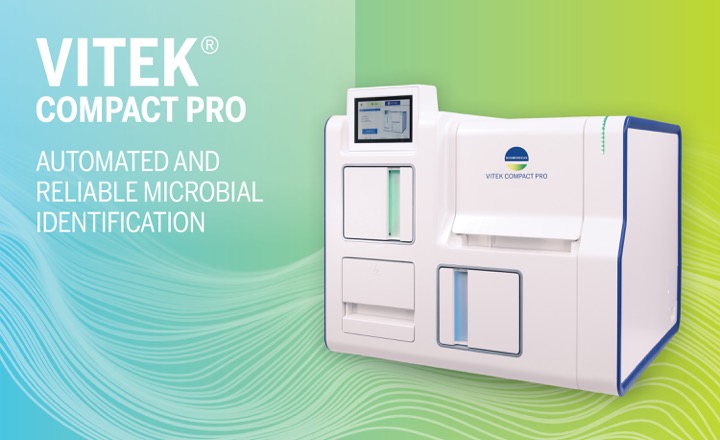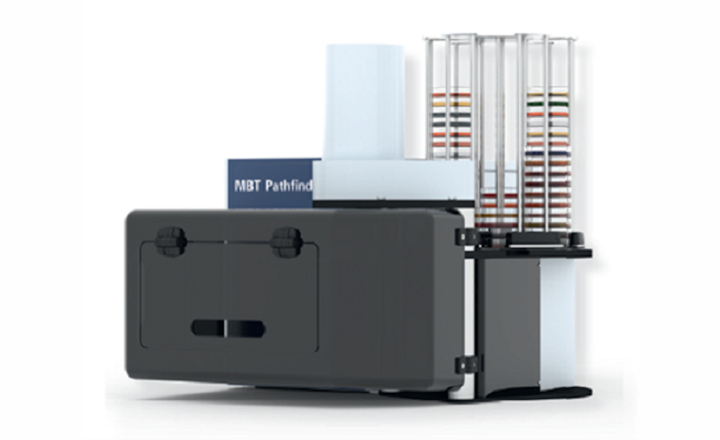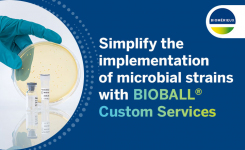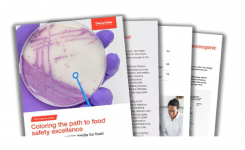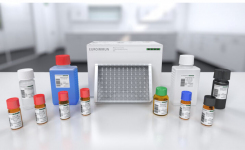The Foodborne Diseases Active Surveillance Network (FoodNet) monitors the incidence of laboratory-confirmed infections caused by nine pathogens transmitted commonly through food in ten US sites with the aim of preventing foodborne illnesses in the USA. Campylobacter, Cryptosporidium, Cyclospora, Listeria, Salmonella, Shiga toxin–producing Escherichia coli (STEC), Shigella, Vibrio, and Yersinia are monitored in ten sites covering approximately 15% of the US population (an estimated 49 million persons in 2014). The importance of this work can be seen from FoodNet identifying 20,107 confirmed cases of infection, 4,531 hospitalizations, and 77 deaths in 2015.
Diagnostic testing practices for enteric pathogens by laboratories are rapidly moving away from culture-based methods to Culture Independent Diagnostic Tests (CIDT) that produce faster results so that illnesses can be quickly diagnosed. The percentage of infections diagnosed only by CIDTs increased significantly in 2015 and the impact of this change varies by pathogen with Shigella and Salmonella being significantly higher, probably due to the newly available, DNA-based syndrome panels.
But CIDTs do not produce the isolates needed to distinguish between strains and subtypes - genetic similarity indicates a single source from, for example, a contaminated food that can then be traced and addressed. Thus expanded case definitions and strategies for obtaining bacterial isolates are crucial during this transition period for the interpretation of public health surveillance data and the ability to monitor progress in prevention efforts. For example, specimens that produce a positive CIDT report should be cultured to obtain genetic sequencing that yields subtype, resistance profile and other features that can be used to monitor and prevent the spread of the pathogen.
The transition also means that the comparison of data over time maybe compromised. In FoodNet, current methods to assess trends in the incidence of illness caused by bacterial pathogens are based only on culture-confirmed infections. The ability to assess and interpret change is impeded as the number of positive CIDT reports continues to rise because of important limitations in the understanding of CIDTs and possible changes in clinician and laboratory practices surrounding them. For example, the increased use of CIDT might affect the number of culture-confirmed infections reported. The sensitivity and specificity of CIDTs vary by test type, brand and other factors plus there can be false positives.



